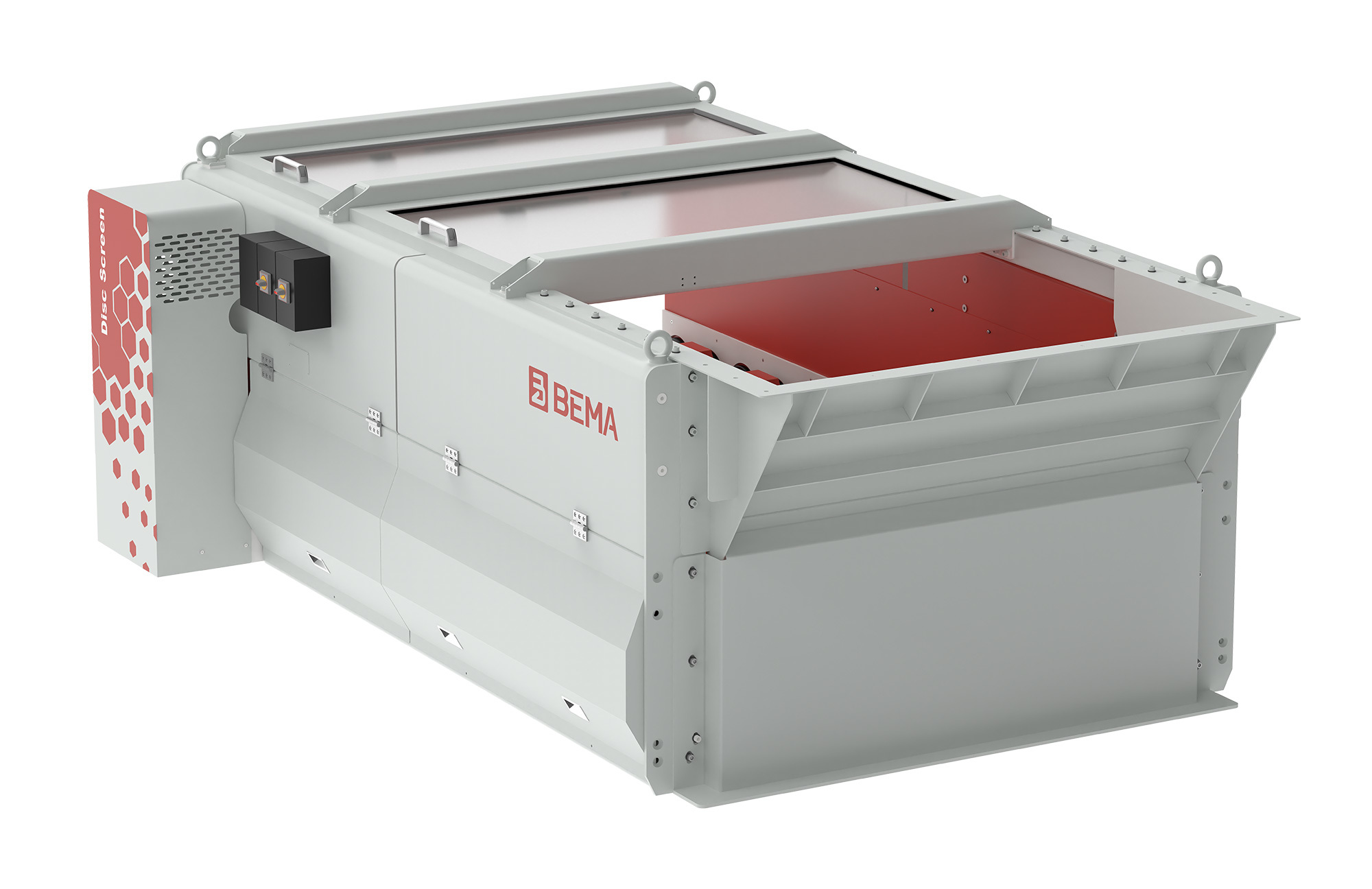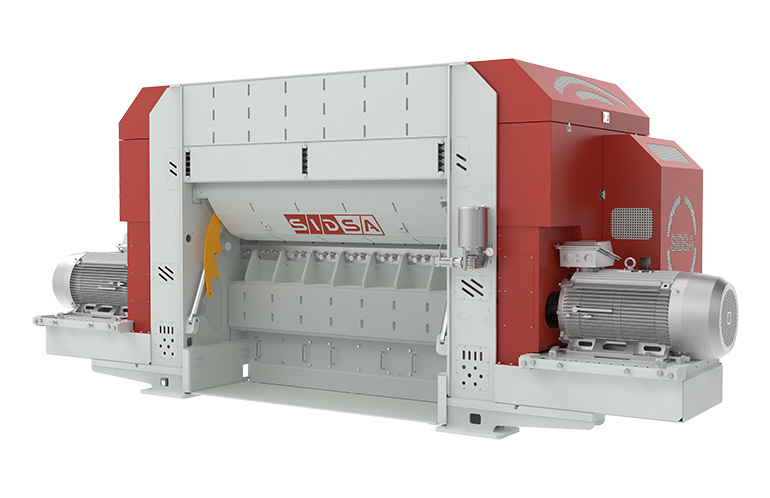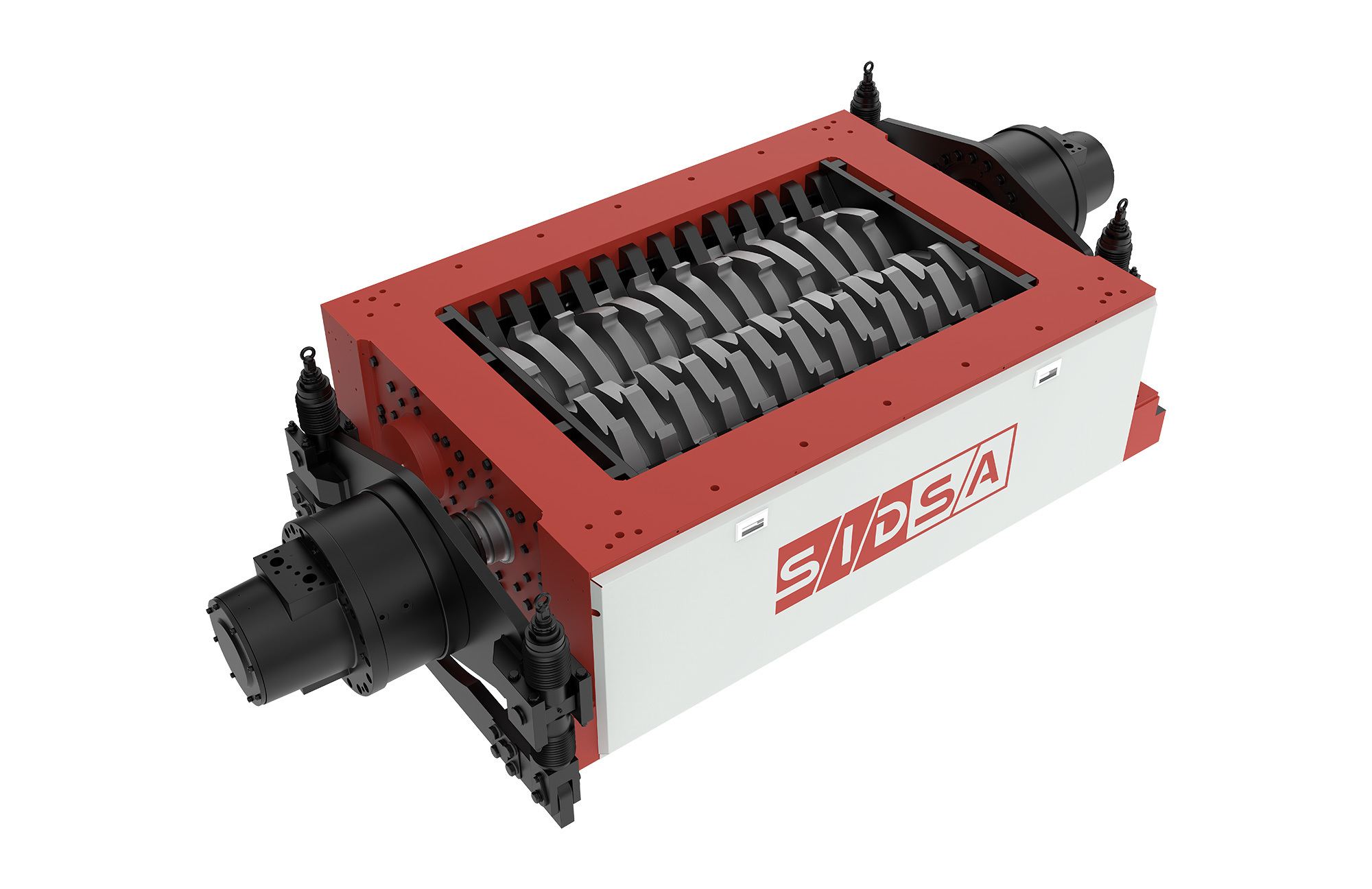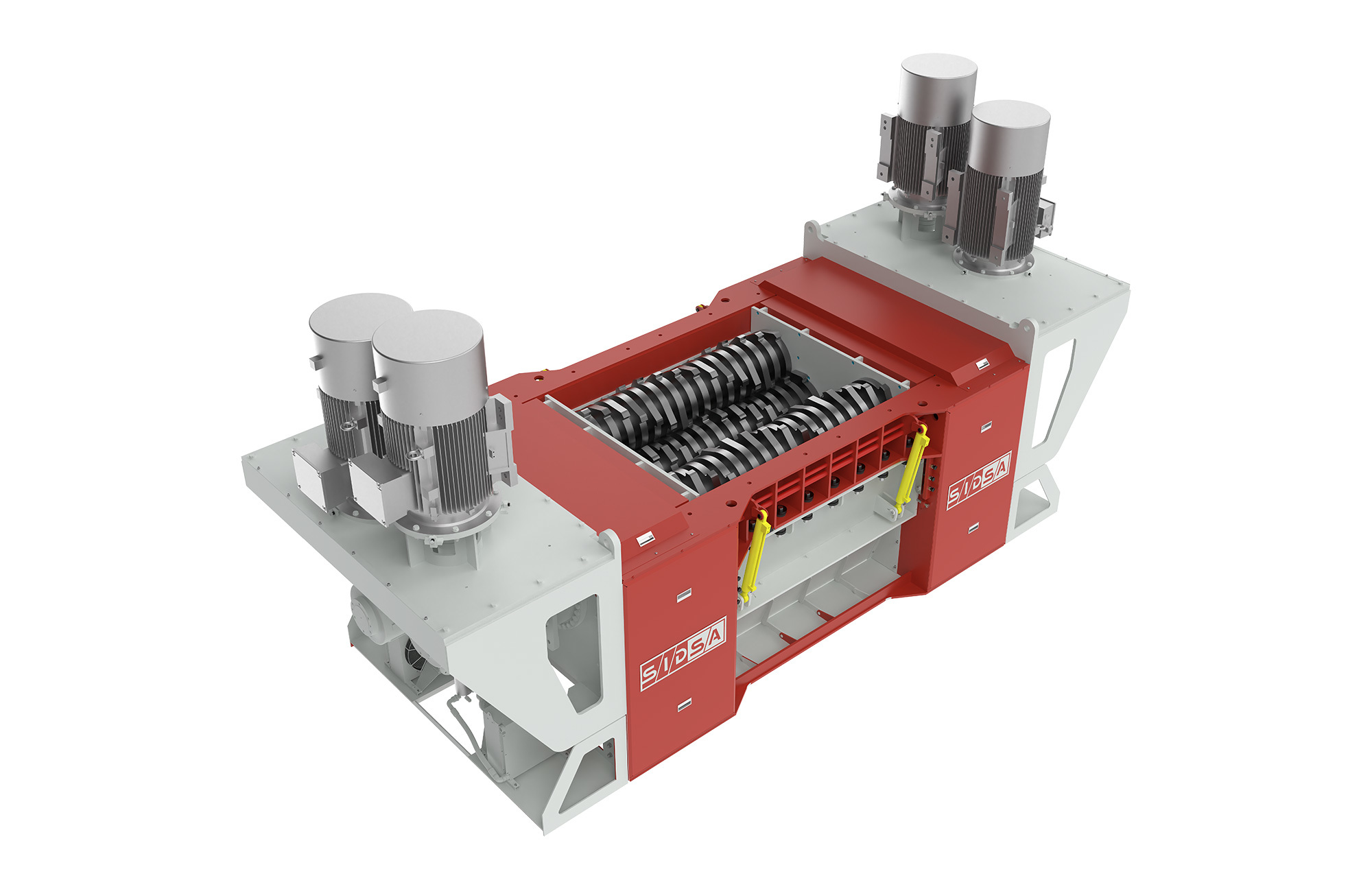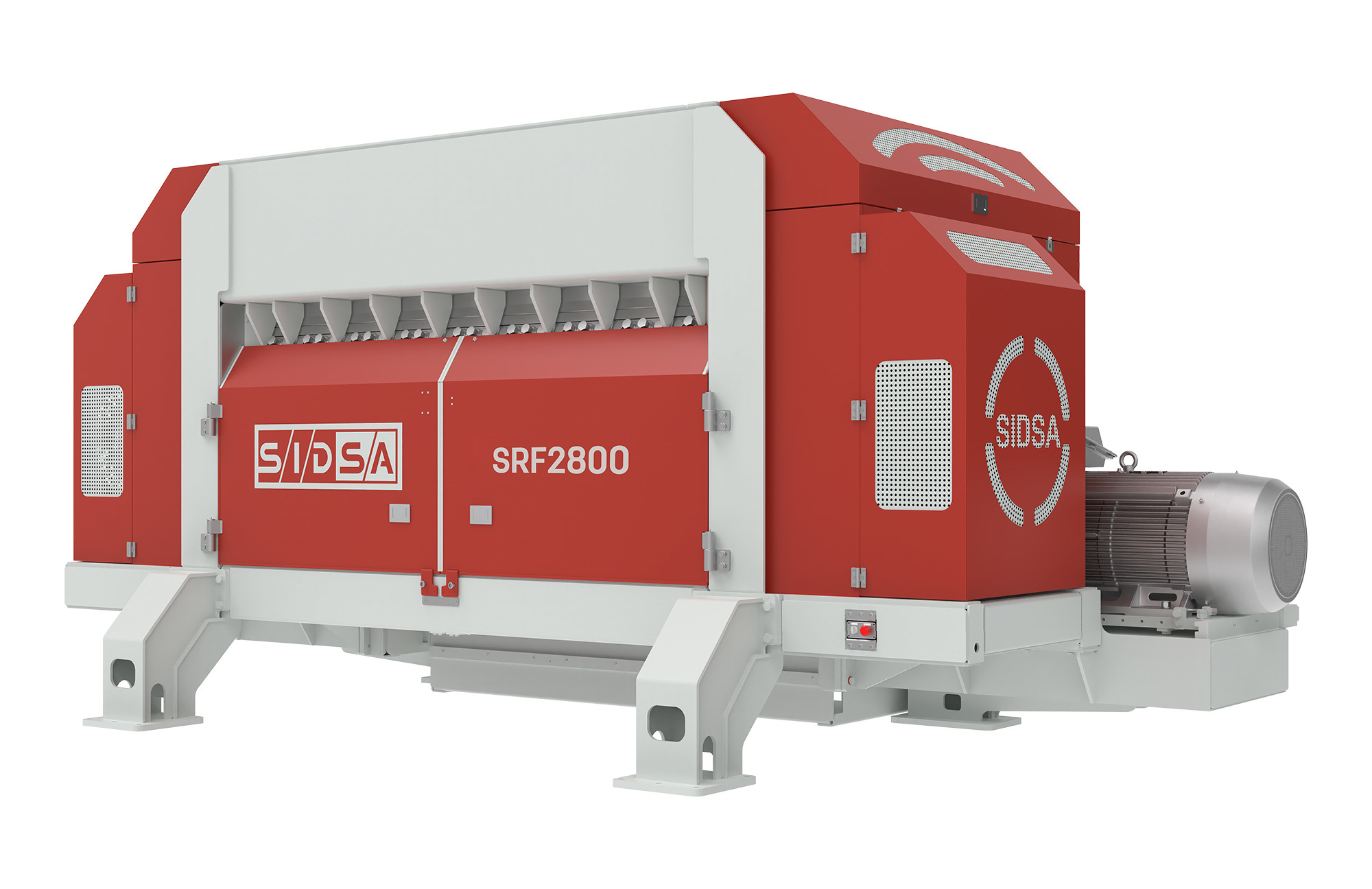Why Every City Needs a Primary Shredder for Efficient Waste Processing
Release Time:
Apr 20,2025
Why Every City Needs a Primary Shredder for Efficient Waste Processing
Introduction: The Importance of Waste Management
In today’s rapidly urbanizing world, effective waste management is paramount. As cities grow, so does the volume of waste generated. Urbanization leads to increased consumerism, resulting in more disposable products and packaging. **Waste management** systems must adapt to keep up with this demand, ensuring the environment is protected and resources are conserved. A primary shredder plays a crucial role in this process, offering numerous benefits that cities simply cannot afford to overlook.
The Primary Shredder: What Is It?
A **primary shredder** is a heavy-duty machine designed to break down large items and bulky materials into smaller, manageable pieces. These machines are essential in waste processing facilities and recycling plants. By reducing the size of waste materials, shredders facilitate easier handling, transportation, and further processing.
Key Features of Primary Shredders
- **Robust Design**: Built to withstand heavy usage and harsh materials.
- **Powerful Motors**: Equipped with high-torque motors for efficient shredding.
- **Versatile Applications**: Capable of shredding a wide range of materials, including plastic, wood, metal, and organic waste.
- **User-Friendly Operation**: Designed with intuitive controls for easy operation and maintenance.
Understanding Waste Processing and Its Challenges
Effective waste processing involves the collection, transportation, and treatment of waste materials. Cities face numerous challenges in achieving efficient waste processing, including:
Inadequate Infrastructure
Many urban areas struggle with outdated waste management infrastructure. Insufficient resources can lead to increased landfill use and environmental pollution.
Growing Population and Waste Volume
As populations increase, so does the amount of waste generated. Cities often find it difficult to keep pace with this rising volume, leading to overflowing landfills and increased operational costs.
Environmental Impact
Improper waste management contributes to environmental degradation, including soil contamination, air pollution, and greenhouse gas emissions.
Benefits of Implementing a Primary Shredder
Investing in a primary shredder can address many of the challenges faced in waste management:
Enhanced Recycling Efforts
A primary shredder helps in the recycling process by breaking down materials into smaller sizes, making them easier to sort and process. This increases the efficiency of recycling operations, leading to higher recovery rates for materials.
Reduction of Landfill Waste
By shredding bulky items, cities can significantly reduce the volume of waste sent to landfills. This not only prolongs the life of existing landfills but also minimizes the need for new landfill sites.
Improved Safety and Efficiency
Shredders streamline the waste processing workflow, improving safety for workers. Smaller waste particles are easier to handle and transport, reducing the risk of accidents.
Types of Primary Shredders
Primary shredders come in various types, each designed for specific applications:
Single-Shaft Shredders
These are commonly used for plastic and wood waste. They utilize a single rotating shaft with blades to shred materials effectively.
Two-Shaft Shredders
Ideal for tougher materials, such as metals and rubber. They feature two opposing shafts that work together to crush and shred waste.
Granulators
These machines are designed to produce smaller particles, often used in the recycling of plastics and electronic waste.
Choosing the Right Primary Shredder
When selecting a primary shredder for your waste management needs, consider the following factors:
Material Type
Identify the types of materials you will be shredding. Different machines are equipped to handle specific materials more efficiently.
Capacity Requirements
Assess the volume of waste your city generates. A shredder's capacity should match or exceed your processing needs.
Maintenance and Support
Choose a shredder with a reliable maintenance plan and customer support to ensure longevity and performance.
Cost-Effectiveness of Investing in a Primary Shredder
While the initial investment in a primary shredder can seem significant, the long-term savings and benefits far outweigh the costs. Here’s how:
Reduction in Waste Disposal Costs
By minimizing the amount of waste sent to landfills, cities can save on disposal fees and extend the life of existing landfill sites.
Revenue Generation from Recyclables
Increased recycling rates can lead to the sale of recovered materials, generating revenue for the city.
Environmental Compliance and Grants
Investing in waste management technology can help cities meet environmental regulations, potentially qualifying them for grants and funding opportunities.
Case Studies: Cities Benefiting from Primary Shredders
Several cities have successfully implemented primary shredders in their waste management systems:
City A: A Model of Efficiency
City A adopted a primary shredder to address its growing waste problem. The result was a 30% reduction in landfill waste and increased recycling rates, showcasing the effectiveness of this investment.
City B: Environmental Impact
By integrating a primary shredder into its waste processing facility, City B significantly reduced its carbon footprint and improved air quality, setting a precedent for sustainable waste management practices.
Future Trends in Waste Processing and Shredding Technology
The waste management industry is continually evolving, with new technologies emerging to improve efficiency further:
Smart Shredding Solutions
Integration of IoT and AI technologies in shredders can streamline operations, monitor performance, and predict maintenance needs, resulting in a more efficient waste processing system.
Increased Focus on Sustainability
As cities strive for sustainability, shredders will play an increasingly important role in promoting recycling and reducing waste.
FAQs About Primary Shredders
1. What types of materials can a primary shredder handle?
Primary shredders can process a wide range of materials, including plastics, metals, wood, organic waste, and various types of packaging.
2. How does a primary shredder improve recycling rates?
By reducing materials to smaller sizes, primary shredders facilitate easier sorting and processing, making recycling operations more efficient.
3. What are the maintenance requirements for a primary shredder?
Regular maintenance includes checking blades for wear and tear, lubricating moving parts, and ensuring all safety features are functioning.
4. Can a primary shredder reduce landfill waste?
Yes, by shredding large items into smaller pieces, primary shredders greatly decrease the volume of waste sent to landfills.
5. What is the expected lifespan of a primary shredder?
With proper maintenance, a primary shredder can last for many years, often exceeding a decade, depending on usage conditions.
Conclusion: The Path Forward for Waste Management
Investing in a primary shredder is not just a decision for efficient waste processing; it is a commitment to sustainability and environmental responsibility. As cities face mounting waste challenges, the role of primary shredders becomes increasingly vital. By enhancing recycling efforts, reducing landfill dependency, and improving operational efficiencies, primary shredders serve as a cornerstone for modern waste management strategies. Cities that prioritize this essential equipment will not only benefit economically but also contribute significantly to a cleaner, healthier planet for future generations.
What Else Might You Learn?
SIDSA focuses on technological research and innovation in the field of waste pretreatment
Product
SIDSA focuses on technological research and innovation in the field of waste pretreatment






